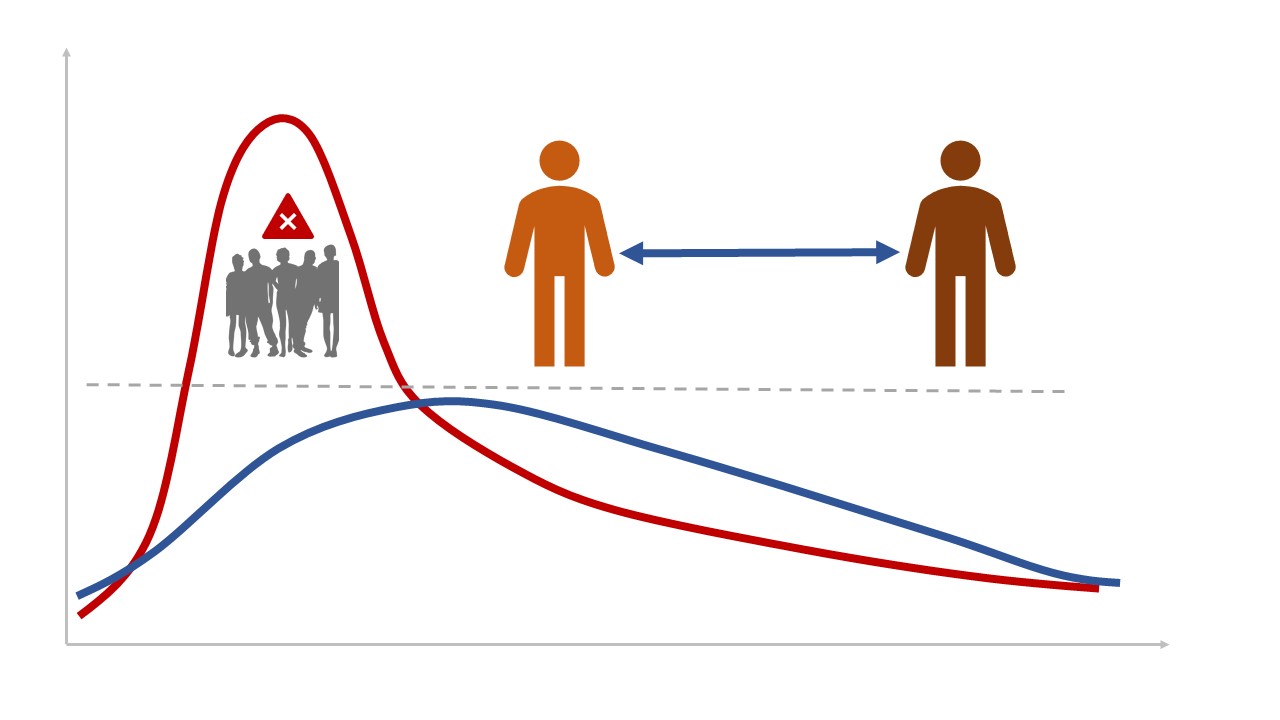Proximity warning systems

|
Contents |
[edit] Introduction
Social distancing is an idea that has existed for several decades. As a health and safety concept, the phrase is associated with physical proximity requirements as they relate to the prevention of the spread of contagious illnesses. Social distancing has become a part of 'normal' life since the detection of COVID-19 in Wuhan City in December 2019 and the subsequent introduction of lockdown measures in the UK on 23 March 2020.
[edit] Protecting people from equipment
Proximity warning systems have also existed for several decades. The Health and Safety at Work etc Act 1974 requires that employers take reasonable steps to ensure the health and safety of their workers as well as persons other than their employees, which implies, for example, a duty to ensure people are safe from activities on construction sites and within all workplaces.
Originally, proximity warning systems were developed to improve site safety for pedestrians across three industry sectors - underground mining, surface mineral extraction and warehousing and materials handling. These systems used sensors to alert operators of industrial vehicles - such as forklifts, cranes, hoists or other heavy lifting machines - of their proximity to other workers and pedestrians.
[edit] Protecting people from other people
Some devices (and the technologies associated with them) have been adapted for social distancing on construction sites and within buildings. These redeployed devices come in the form of personnel distancing systems (known as PDS) or social distancing wearables, including; wearable tags, wrist bands, lanyards and so on. These devices can be attached to a person’s clothing, helmets and so on or added to other wearable workplace access control devices.
Once the exclusion zone has been programmed, these devices sound an alarm and vibrate if the wearer gets too close to another wearer. Proximity warning technology can be used in situations where personnel paths may not be easily controlled (such as warehouses, hospitals, schools or retail facilities), but distances must be maintained for the protection of workers.
[edit] Related articles on Designing Buildings Wiki
- ConTech in a post lockdown, pre-vaccine economy.
- Health and safety.
- Health and safety at work etc act 1974.
- How technology can support social distancing.
- Safety management.
- Social distancing compliance marshal.
- Social distancing on construction sites.
[edit] External resources
Featured articles and news
RTPI leader to become new CIOB Chief Executive Officer
Dr Victoria Hills MRTPI, FICE to take over after Caroline Gumble’s departure.
Social and affordable housing, a long term plan for delivery
The “Delivering a Decade of Renewal for Social and Affordable Housing” strategy sets out future path.
A change to adoptive architecture
Effects of global weather warming on architectural detailing, material choice and human interaction.
The proposed publicly owned and backed subsidiary of Homes England, to facilitate new homes.
How big is the problem and what can we do to mitigate the effects?
Overheating guidance and tools for building designers
A number of cool guides to help with the heat.
The UK's Modern Industrial Strategy: A 10 year plan
Previous consultation criticism, current key elements and general support with some persisting reservations.
Building Safety Regulator reforms
New roles, new staff and a new fast track service pave the way for a single construction regulator.
Architectural Technologist CPDs and Communications
CIAT CPD… and how you can do it!
Cooling centres and cool spaces
Managing extreme heat in cities by directing the public to places for heat stress relief and water sources.
Winter gardens: A brief history and warm variations
Extending the season with glass in different forms and terms.
Restoring Great Yarmouth's Winter Gardens
Transforming one of the least sustainable constructions imaginable.
Construction Skills Mission Board launch sector drive
Newly formed government and industry collaboration set strategy for recruiting an additional 100,000 construction workers a year.
New Architects Code comes into effect in September 2025
ARB Architects Code of Conduct and Practice available with ongoing consultation regarding guidance.
Welsh Skills Body (Medr) launches ambitious plan
The new skills body brings together funding and regulation of tertiary education and research for the devolved nation.
Paul Gandy FCIOB announced as next CIOB President
Former Tilbury Douglas CEO takes helm.
UK Infrastructure: A 10 Year Strategy. In brief with reactions
With the National Infrastructure and Service Transformation Authority (NISTA).






















